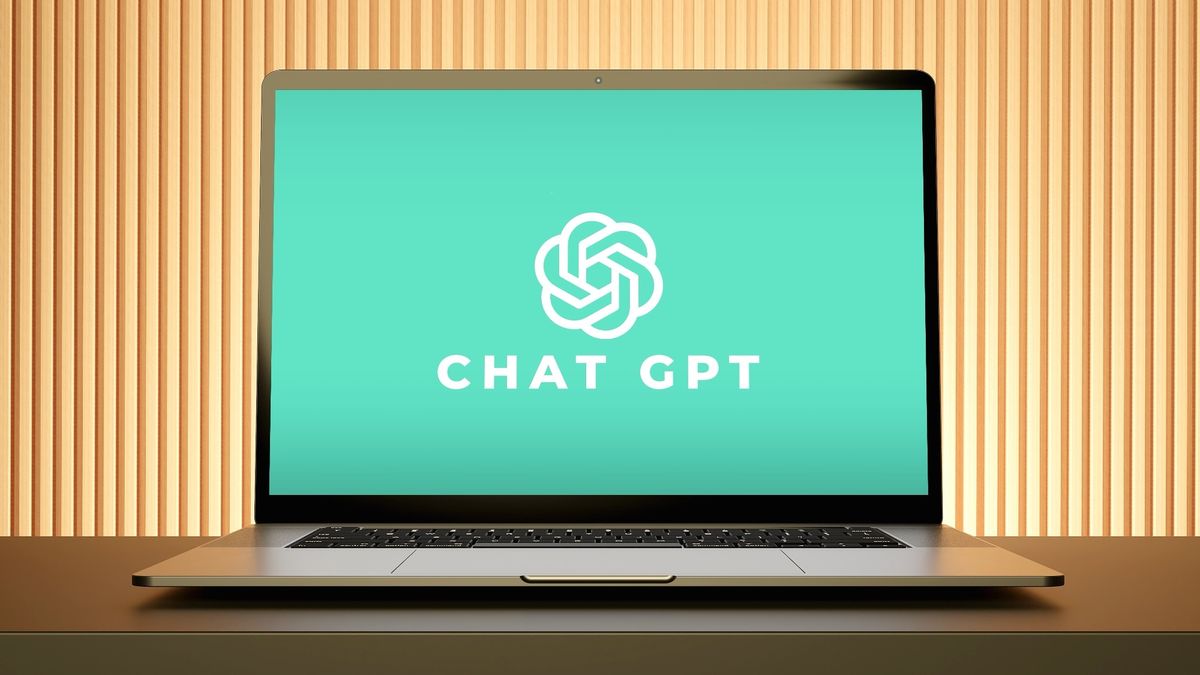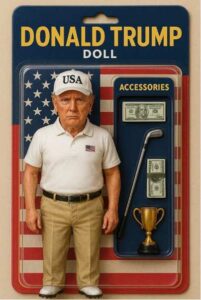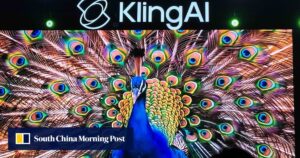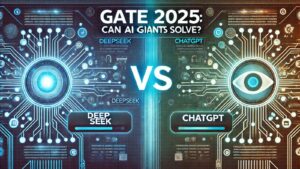ChatGPT Now Generates Previously Prohibited Images

ChatGPT’s Latest Image Generation Update
Recently, ChatGPT received a significant update that has attracted considerable attention due to its new image generation capabilities. With this new feature, users can create various types of images that have grown in popularity. However, amidst the buzz surrounding this update, another piece of news regarding moderation policies went somewhat unnoticed.
Changing Moderation Policies
From its inception, ChatGPT has maintained strict guidelines regarding what content could be generated. This meant it would refuse requests for images involving public figures, violent themes, or any content that could be deemed offensive. While this stringent approach will still be in place for many instances, OpenAI has implemented a relaxation of these rules.
Under the new guidelines, users can now request images that previously would have been restricted. This sets off a notable shift in how content moderation is handled, with certain types of imagery now being permissible based on user requests.
What Images Are Now Allowed?
OpenAI provided further insights into these changes in a report published on March 25. The updated policies detail the specific types of images that are now permissible:
- Images of Public Figures: Previously banned images can now be generated, but public figures have the option to opt-out from being depicted.
- Hateful Symbols: Content that includes symbols associated with hate groups may now be created under specific circumstances.
- Stereotypes: Some imagery that reinforces certain stereotypes will also have less stringent filters.
Furthermore, the update enables ChatGPT to mimic known art styles. While individual living artists still have protections, popular studios like Studio Ghibli can be emulated. This feature has rapidly gained traction online, with notable examples of artwork being shared widely.
Images Still Subject to Moderation
Despite these relaxed rules, OpenAI has made it clear that not all content is allowed. Certain safeguards remain in place, particularly concerning sensitive subjects:
- Children’s Images: Enhanced protections are present for any images involving minors. The system actively detects inappropriate content and blocks such requests.
- Photorealistic Depictions: There are still strong restrictions on creating photorealistic images that could be inappropriate, especially when connected with public figures.
- Deepfakes and Extreme Propaganda: The moderation filters continue to operate effectively against more severe forms of propaganda or potential deepfake scenarios.
These safeguards indicate that while there’s an increase in the types of images that can be created, the overarching goal remains to maintain responsible use of the platform.
The Future of ChatGPT’s Image Generation
As ChatGPT evolves, it shows a broader range of possibilities for creators and users alike. By loosening some restrictions while still keeping critical safeguards in place, OpenAI aims to strike a balance between creative freedom and responsible content generation. The enthusiasm surrounding this update highlights the growing intersection of technology and artistry, showcasing how innovation can lead to new styles and forms of expression. The arrival of this updated image generation feature opens up exciting pathways for both artistic exploration and the potential for new types of content that engage users in fresh and dynamic ways.






